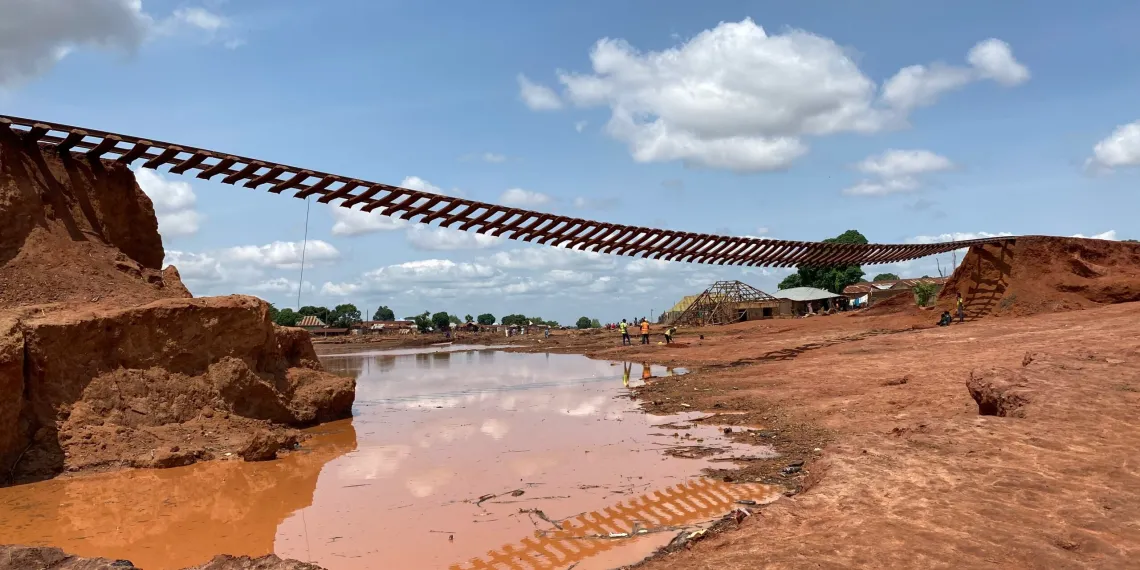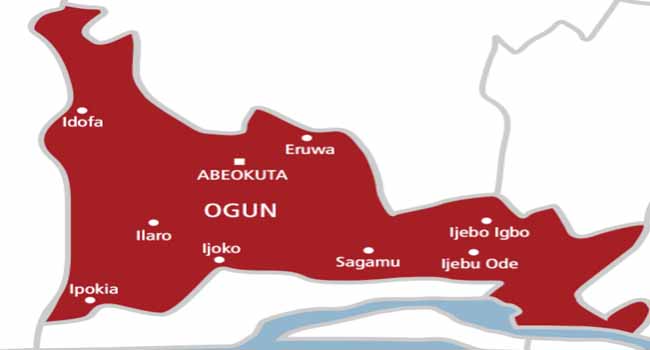Now Reading: How Tree Clearing Fueled the Mokwa Floods That Killed Over 200 and Left Thousands Homeless
-
01
How Tree Clearing Fueled the Mokwa Floods That Killed Over 200 and Left Thousands Homeless
How Tree Clearing Fueled the Mokwa Floods That Killed Over 200 and Left Thousands Homeless

Faridah Ishaq’s world collapsed on May 29 when rampaging floods swept through Mokwa, Niger State, killing over 200 people, displacing 3,534 others, and wiping out entire families—including her husband, six children, co-wife, and four stepchildren. The mother of six, now living in a makeshift camp in Kpege, survived only because a clump of trees slowed the surge just enough to pull her from the water. Ironically, it was deforestation that allowed the floodwaters to reach her doorstep in the first place.
Cleared cashew plantations in Ndayako, Ranch, and Abattoir—areas once dense with vegetation—removed the natural barriers that once held back runoff from torrential rains. Experts say the deforestation, initiated in February 2024 as a vigilante measure against crime, exposed Mokwa to an environmental catastrophe no one anticipated. Over 2,000 trees were felled after bodies—including that of a pregnant woman—were found in the forest, believed to be victims of motorcycle theft gangs operating in the shadows of the cashew groves.
The flood came not from heavy rainfall but from a deadly accumulation of water from Yaagbagba through a river in Zugurma. That volume broke a dyke near the railway line and poured into Mokwa town, smashing bridges and submerging entire districts. Satellite imagery confirms the deforested zone is less than one kilometre from the floodgate breach, making it a clear channel for destruction. The area recorded 67 deforestation alerts in just three months.
NEMA reported that aside from human casualties, the floods destroyed 180 hectares of farmland and over 400 homes. Farmers who had replaced felled forests with new crops lost everything overnight. Survivors like 45-year-old Adamu Yusuf, who lost his wife and seven family members, now live in crowded tents, surviving on rations and uncertainty. “I swam out, but I couldn’t save them,” he told reporters, clad in mourning black.



Security concerns had originally prompted the deforestation. Between November 2021 and January 2022, nine bodies were recovered from the cashew forest, and local officials believe at least 54 people were killed in total. But critics argue the community’s solution—cutting down protective tree cover—traded one tragedy for another. Environmentalist and geologist Kasim Audu described the Mokwa flood as a “self-inflicted disaster” and warned that ignoring reforestation could lead to another mass casualty event.
Over N7 billion has been earmarked for reconstruction by Governor Mohammed Bago, who also pledged to issue Certificates of Occupancy for federal-led resettlement projects. Yet many displaced families say they’ve yet to receive any form of relief. Aid camps remain overwhelmed, food is scarce, and trauma lingers. “How do you restart a life with nothing?” Ms Ishaq asked, eyes fixed on the clouds as the rainy season returns.
The 2024 flood disaster follows Nigeria’s worsening annual pattern. In 2022, 600 people died from floods across 33 states, while a dam failure in Borno in 2024 displaced 4,000. But the Mokwa flood stands out not just for its horror, but for the role human actions played in magnifying the disaster. Experts now say federal and state governments must institutionalize tree-planting initiatives alongside security and climate policies.
Social welfare officials like Mohammed Abdullahi are calling for part of the donor funds to be redirected toward environmental recovery. “If we don’t replant those trees, we’re setting ourselves up for another round of mourning,” he said. As the displaced wait for shelter, food, and peace, many like Ishaq carry scars no rebuilding can erase. “I’m alive,” she said quietly, “but my world is gone.”





















